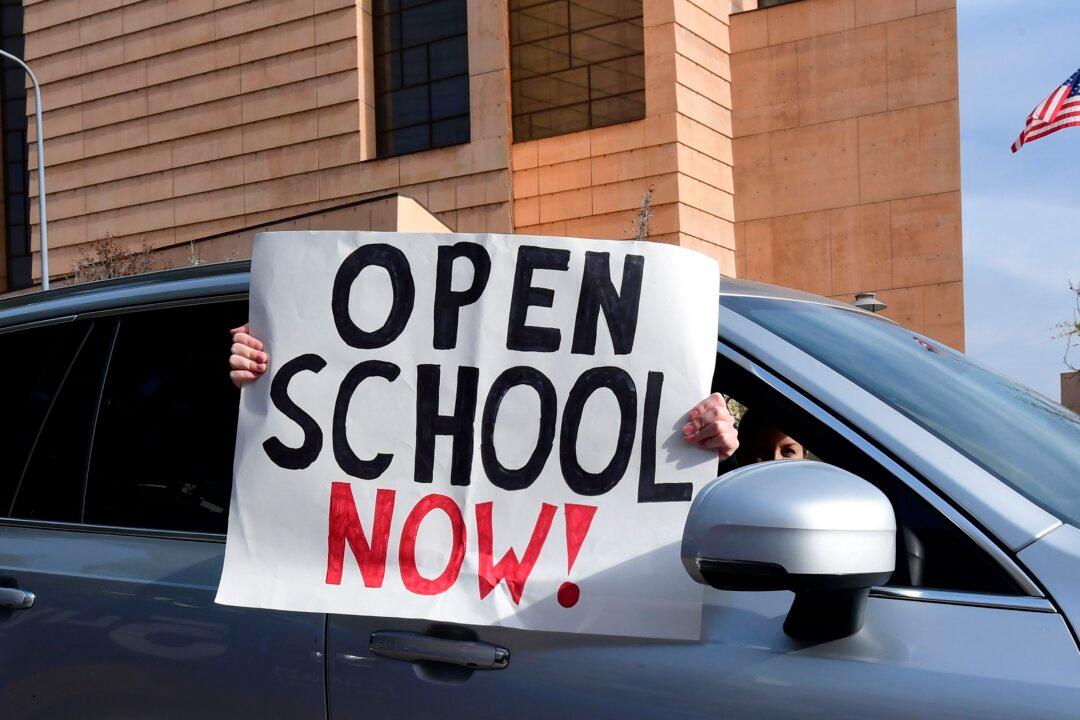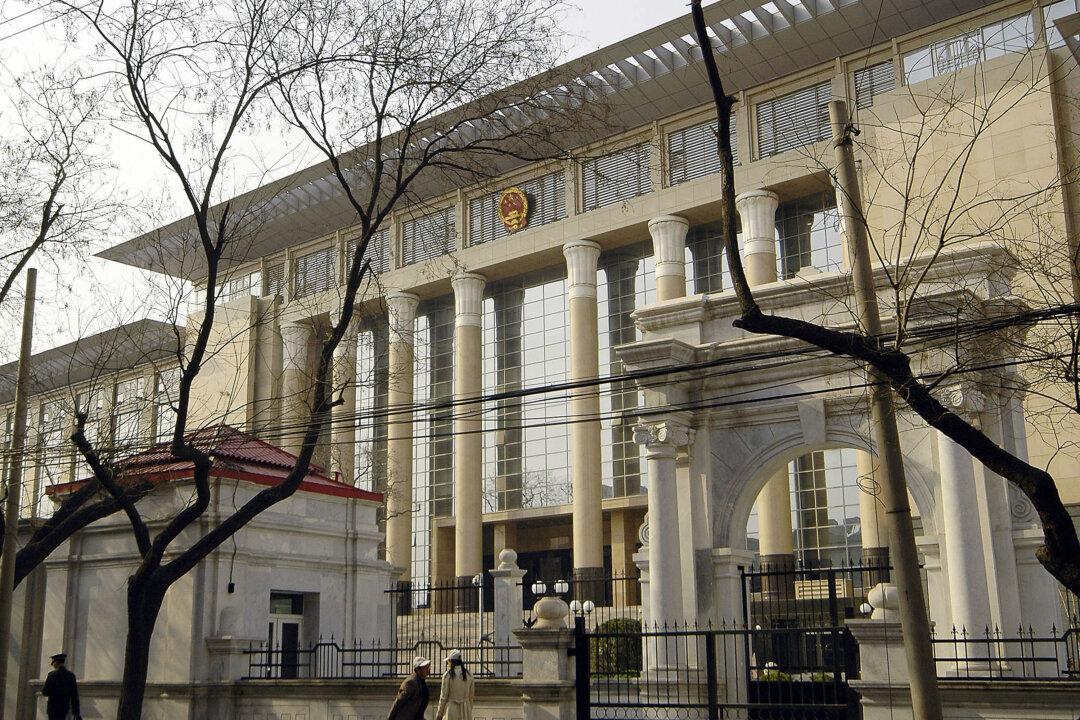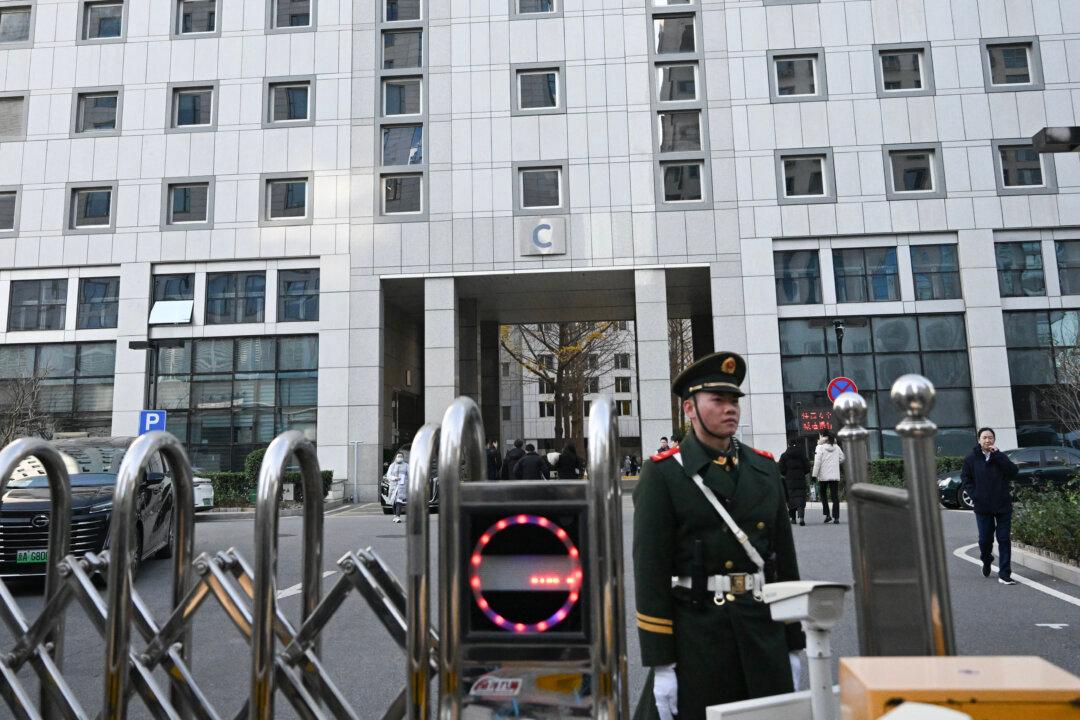Commentary
What a difference three years makes in public education policy. In 2020, public educators were concerned about the safety and wellbeing of teachers and staff seemingly with little regard for the effects of masking, social distancing, and prolonged remote learning on their students. The schools were closed, and teachers’ unions appeared to be in no hurry to return to the classrooms. The pandemic-related disruptions that were manifested in the 2020 public education policies took a terrible toll on students’ routines, family and social support, and mental health.





